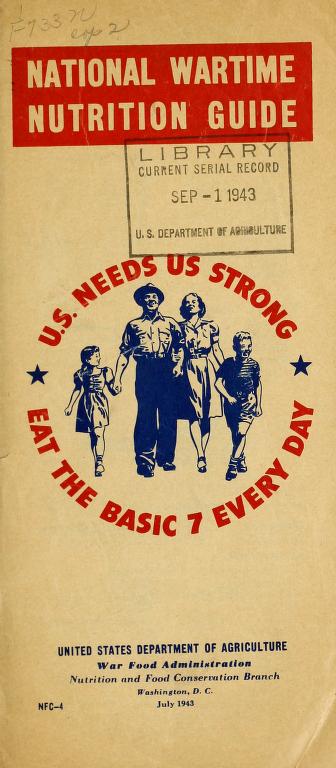
February is National Heart Month. What do you know about heart health? You may have heard, to simply modify your diet but that is only part the story. The American Heart Association (AHA) supports advances in cardiac medicine and keeps consumers updated with the latest research related heart health. Here are some lifestyle suggestions proven to help lower heart disease risk:
- Eat Fruits & Vegetables
- Fruits/vegetables can decrease inflammation, blood pressure, and cholesterol which can improve blood vessel function.
- Suggested daily intake of fruit 2 c./day and vegetables 2 ½ c./day.
- “Hearty” advice on fruits/vegetables-
- ½ your plate should be colorful fruits and vegetables.
- Choose Whole-Grains
- Eat three whole-grain foods a day helping to lower LDL and blood pressure.
- Serving sizes: 1 c. ready-to-eat whole-grain cereal, ½ c. cooked whole-grain cereal, and 1 whole-wheat tortilla or slice of bread.
- “Hearty’ advice on grains-
- The first ingredient should be “whole grains” on the nutrition facts label.
- Pick Lean Proteins
- Lean proteins support healthy muscle and skin while limiting saturated and total fat intake. Saturated fat found in animal proteins contributes to elevated blood cholesterol. Examples: chicken (w/o skin), fish, 90/10 beef, and plant-based proteins (beans/legumes).
- Dietary cholesterol from eggs was removed from list of foods of “public concern” in 2015, because current research found there was no relationship between cardiovascular disease and egg intake.
- Serving size: ¾ c. fish, 3 oz of lean meat or poultry (size of a deck of cards), ½ cup cooked beans.
- “Hearty” advice on protein-
- Plan a meatless meal 1+ day/week.
- Aim to limit red meat to 1-2 times/week.
- Watch Sodium & Added Sugar Consumption
- Consume less than 2,300 mg/day of sodium and around 100-150 calories/day of added sugar.
- Decreasing sodium intake aids in lowering blood pressure and heart disease risk.
- Added sugar can increase risk for type 2 diabetes, weight gain as visceral fat (fat surrounding central organs) and heart disease.
- “Hearty” advice-
- Read food labels on packaged foods. Select no salt added or reduced sodium when possible. Rinse regular canned vegetables.
- Choose water instead of sugar sweetened beverages.
- Alter Your Daily Routines
- Incorporate activities that help to lower stress. Stress can raise your blood pressure, increasing risk for heart disease.
- Strive to get 7-9 hours of rest each night. Not getting enough sleep can increase stress, inflammation, and a hormone imbalance, which contribute to cardiovascular disease.
- Be physically active for 150 minutes/week.
- “Hearty” advice on daily habits-
- Incorporate stress-relieving (pets, yoga/meditation, hobbies, a warm bath) and physical activities into your day.
- Wind down an hour before bedtime, turn off phone/technology, and create a bedtime routine.
Listening to good “Hearty” advice from the American Heart Association and our healthcare providers and leaning on the support of friends and family, we can all make simple changes to our daily routines to reduce the risk of heart disease and improve your quality and length of life. Little changes in the ways that we eat, manage stress, move about and even sleep can make a big difference.
- Writers: Jennifer Little, Extension Educator, Family and Consumer Sciences, OSU Extension, Hancock County Madelyn Beckman, Graduate Student, Bowling Green State University
- Reviewer: Shari Gallup, Assistant Professor, Family and Consumer Sciences, OSU Extension, Licking County



